In the ever-expanding ocean of digital content, high-quality and captivating product visuals are not just preferred — they are essential. The integration of Artificial Intelligence (AI) in product visualization ushers in a ground-breaking era of image enhancement and customization, transforming the e-commerce and digital marketing space.
Harnessing AI for Tailored Visual Experiences
The allure of AI-enhanced product visualization lies in its adaptability. Imagine the ability to tailor product backgrounds to individual preferences or to spotlight the product with unprecedented clarity. This is now possible with cutting-edge AI models, each fulfilling a unique role.
Image-to-Image:

Refers to a class of techniques within the realm of deep learning, where the goal is to transform an image from one domain to another. It’s a versatile approach that finds application in various tasks such as style transfer, colorization, super-resolution, semantic segmentation, and more. In the context of product visualization in AI, these techniques offer significant potential for enhancing the representation and understanding of products. One prominent application is style transfer, where different artistic styles can be applied to product images. For instance, a clothing retailer might use style transfer to showcase their garments in various fashion aesthetics, helping customers visualize how the clothing would fit into different personal styles or trends. Another useful application is colorization, which involves adding color to grayscale images. This can be particularly beneficial for products where color plays a crucial role in their appeal, such as home décor or fashion items. By providing colorized visualizations, customers can better understand the product’s appearance and make more informed purchasing decisions.
Furthermore, image-to-image translation techniques can be integrated into augmented reality (AR) visualization systems. By combining AI-generated images with real-world environments, customers can virtually place products in their homes or spaces, allowing for a more immersive and personalized shopping experience. This not only enhances visualization but also facilitates decision-making by providing customers with a realistic preview of the product in their own context.
Additionally, these techniques can be utilized for image enhancement purposes, improving the visual quality of product images by enhancing resolution, reducing noise, and refining details. This is particularly valuable for e-commerce platforms and marketing materials, where high-quality images are essential for attracting and engaging customers.
Moreover, semantic segmentation, a technique that identifies and categorizes different parts of an image, can be employed to create more detailed visualizations of products. For example, in the automotive industry, semantic segmentation can be used to highlight specific components of a vehicle for inspection or customization, providing customers with a more comprehensive understanding of the product.

In summary, image-to-image translation techniques offer a multitude of opportunities for enhancing product visualization in AI. By leveraging these techniques, businesses can provide customers with more immersive, informative, and personalized experiences, ultimately leading to increased engagement and satisfaction.
Style Transfer: The Fashionable Chameleon
Imagine a dress that can match the aura of a Renaissance painting or the vibrancy of a modern cityscape. AI style transfer lets customers see how clothing items adapt to various aesthetics.
Colorization: A Splash of Reality
AI breathes life into grayscale images by infusing them with realistic colors, making every detail pop and helping customers visualize the true charm of products.
Augmented Reality: Products in Your Space
AI’s union with AR allows customers to place virtual products in real environments, providing a rich, personalized shopping experience that bridges the digital and physical realms.
Semantic Segmentation: The Insightful Breakdown
In industries like automotive, AI can dissect images to highlight components, offering an in-depth view and customization options for tech-savvy customers.
Secure your spot on our waitlist today!
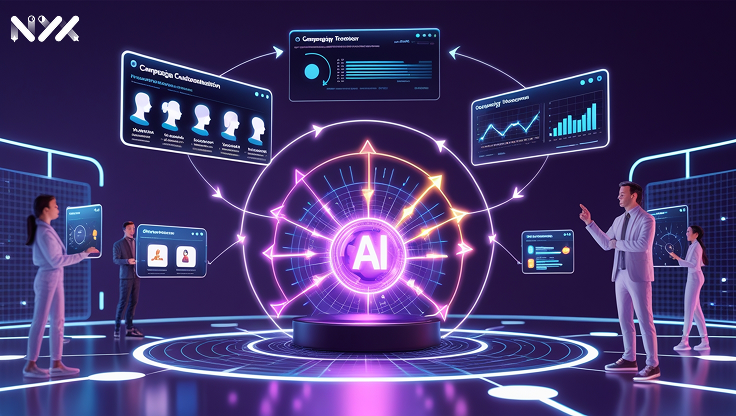
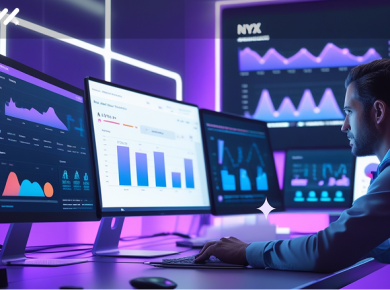
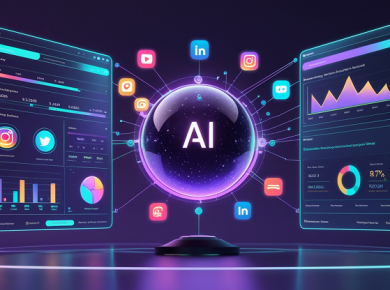
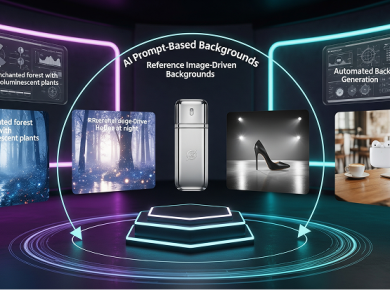
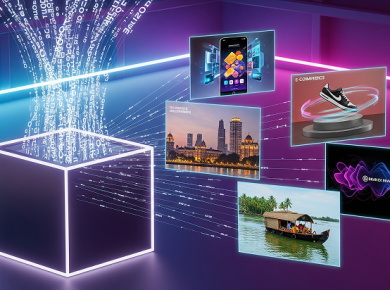
1 comment
Hi, this is a comment.
To get started with moderating, editing, and deleting comments, please visit the Comments screen in the dashboard.
Commenter avatars come from Gravatar.